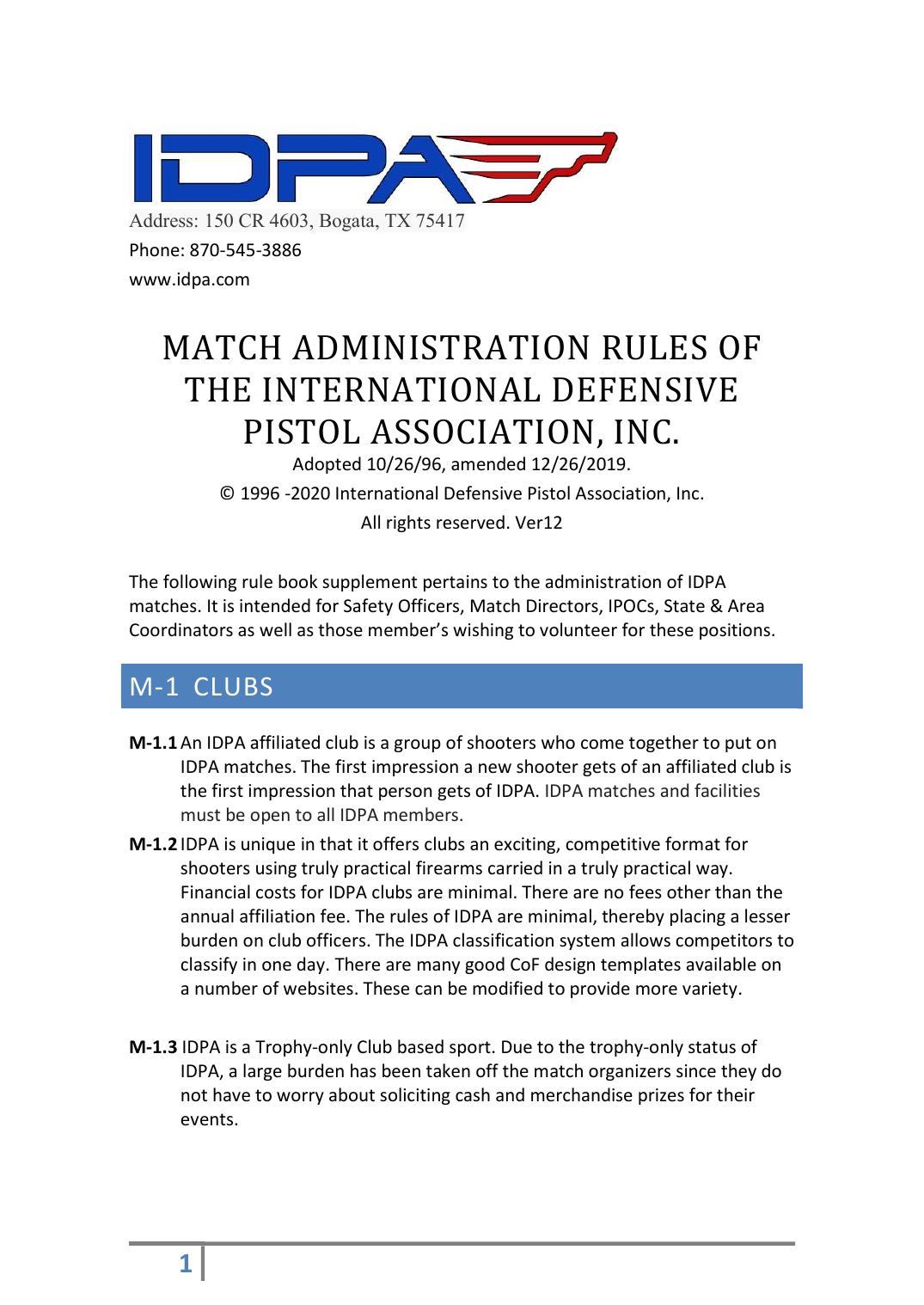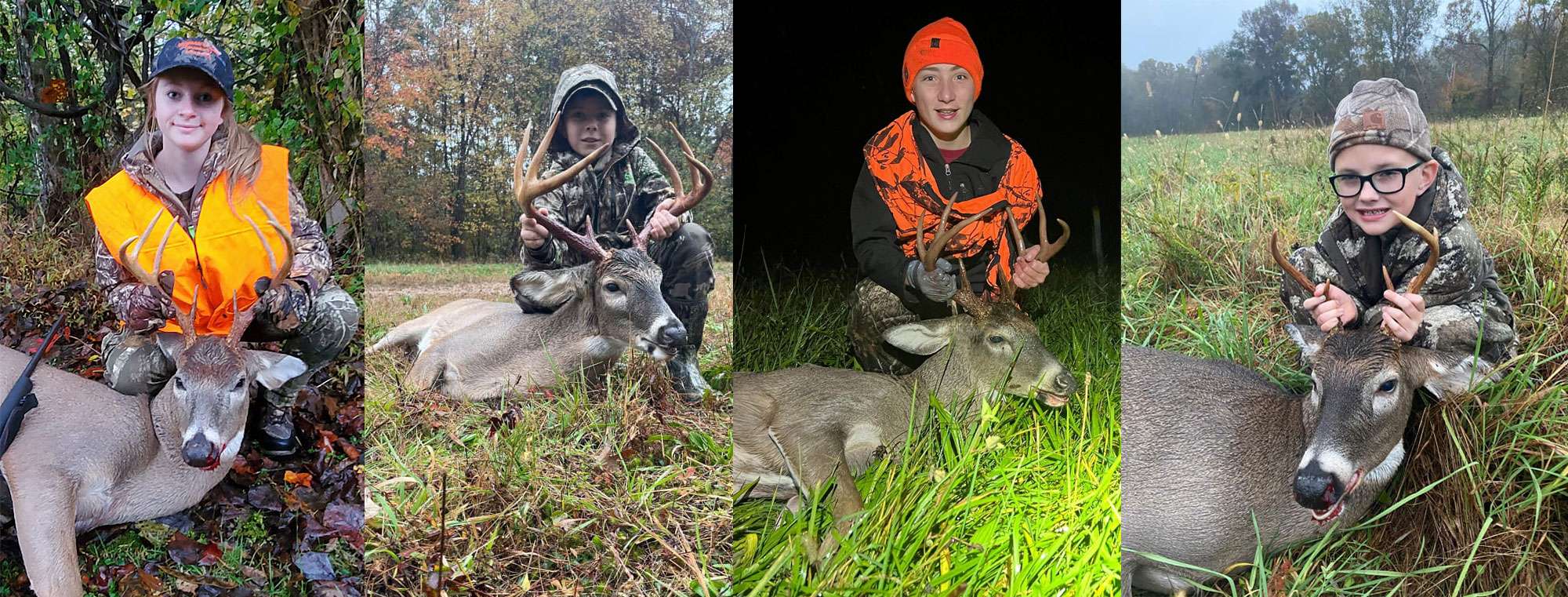
A good shooting range has many benefits. However, the most important features include a top-quality Control booth, state-of-the art lighting system and Spinner-type targets. You can read on to learn about the key features of a top-quality shooting range. We'll also cover a few other considerations when designing your shooting range. We'll cover some details once you have made your selection.
Control booth
A control booth, which is located in the indoor shooting area, houses the main controls. Controls include security, lighting, communications and security. They are all operated by an authorized official. The control booth offers unobstructed views over the firing lanes. It usually consists of a concrete cube with bulletproof Windows. The lighting in a control booth can be controlled manually. You must also ensure that your shooting range is properly equipped.
Downrange lighting system
A Downrange lighting system can be installed at yards to ensure safety when shooting. These lights are activated using a switch that is turned ON by the person making the Downrange Request. During this time, a sequence of strobe lamps will be activated and accompanied by a buzzer. The lights will continue to flash until the COLD command gets acknowledged and the firing lines are secure.
Spinner type targets
The MGM Spinner Target - This is the standard target for yard shooting range. Two steel plates are connected by a crosspiece to form the spinner target. Once the plates are impact, they rotate around a spindle until they reach a vertical position. To shoot spinner targets, one must hit each plate until it completes its rotation. In addition, spinner targets are not suitable for use with hard-nosed bullets.

Air supply system
There are many things you should consider when designing an air supply system to support a yard shooting range. OSHA and EPA require that the air supply system meets these requirements. The air supply system must have a minimum of 50 feet behind the firing line. It should also be filtered or conditioned. Ideally, the supplied air inlets should be placed 15 feet behind the shooter's position. To prevent contaminants from escaping, the range facility must maintain a slight negative pressure. Also, the exhaust air should not be less than 10 percent of the supply air.
FAQ
What are the benefits to hunting?
Hunting is an ancient practice that many cultures across the globe have continued to do. It was used to hunt for food, shelter, clothes, medicines, and other purposes. Modern hunters hunt not only for sport but also for recreation and food. The meat of hunted animals is typically eaten within minutes after they are killed, while skin, hair, feathers, bones and antlers can be sold as trophies.
Hunting is more than just a means to eat. It's also a way for you to live.
Hunting people have strong relationships and friendships. They spend time together. They share their stories and memories over meals and around campfires.
Hunting is a way for hunters to enjoy the natural world and wildlife. This helps them to appreciate all that life has to offer.
When they care for game animals, they learn responsibility and respect for others.
Conservation makes hunters better citizens. They protect habitats as well as species. They know how much land, water and oxygen we need for survival.
Hunters are part a larger community. Their families depend upon them. They work together. They support local business.
Hunters are also able to give back to the community. Many hunters donate money to charities that assist children, the elderly, and veterans, among other causes.
Hunters may also offer their time and help to those in need. They might volunteer their time with organizations like the Humane Society and the Red Cross.
Where can I purchase a gun? Is it necessary?
A gun is required by law to hunt certain species.
Hunting licenses are required in most states. The type you choose depends on the game you are hunting and the state where you live.
Any sporting goods store can sell you a rifle and shotgun, handgun, pistol, muzzleloader, crossbow or archery weapon.
Choose a weapon that best suits your needs. For example, if you want to hunt small games such as squirrels, rabbits, and pheasant, you might consider purchasing a .22 caliber pistol.
A larger caliber weapon is recommended for hunting large game, such as bears, deer, and elk.
It is important to feel at ease with a firearm before you buy it. A gun is a dangerous tool. Keep your gun unloaded until you're ready to shoot.
Be sure to inspect the gun before buying it. Ask the seller to demonstrate how to unload and load the weapon.
The warranty provided by the manufacturer should be reviewed. If there is no warranty, ask the dealer what kind of guarantee they offer.
Ask the dealer to provide you with a copy of their safety instructions. These documents should contain information regarding safe storage and maintenance.
The serial number should be checked. If it begins with "NIB" or "New In Box," then the gun was manufactured brand new.
If the serial numbers start with an odd number then the gun is previously owned.
Contact the manufacturer if you're unsure if the gun was used. They should be able tell you more about the gun's past.
How many Americans hunt with rifles in the US?
The number of hunters who use rifles as their primary weapon for hunting deer, elk, moose, etc., is estimated at around 2 million per year.
These hunters are mostly males, aged between 18-55 years old and live in rural areas.
They hunt solo, often using either a crossbow and a bow.
The most popular hunter is whitetail deer (68%), followed by mule and black deer (13%) and bears (10%)
There is not a national data set on how many women are involved in hunting, but there is evidence that this activity is growing.
Statistics
- In less than 20 years, Rhode Island saw a 40% drop in the number of hunting licenses for residents, according to The Valley Breeze. (stacker.com)
- Thanks to the 1937 Pittman-Robertson Act, an 11% excise tax was placed on the sale of firearms, which were then used for conservation. (stacker.com)
- Indiana, for example, saw a 28% jump in turkey license sales during the first week of the season. (stacker.com)
- Less than 1% of Hawaii's population has a hunting license. (stacker.com)
External Links
How To
How to hunt wild hogs
Wild hogs, which are large, can be found in North America and Asia as well as Europe. Wild hogs eat both vegetation and small animals, such as birds, fish, mice, rabbits and mice. They usually eat at nights. After six months of gestation, one piglet is born. A sow has one child every two years. Wild hogs are often solitary but can live in groups known as herds.
Wild boars average a weight of 200 pounds (90kg). Their head length is between 10 and 12 inches (25-30cm), while their body length is between 20 and 30 inches (50-60cm). Wild pigs are long-legged, have broad shoulders and short tails. Their skin is covered with a thick layer fat.
They are extremely sensitive to the senses of sight, hearing, smell, and taste. They use these senses to detect danger and find food. They can run upto 35 MPH (56 Km/h) and jump upto 15 Ft (4 m). They have sharp teeth. They can be aggressive in defending themselves from predators.
Hunting wild hogs is hard because they are intelligent, fast, and elusive. Hunting wild animals requires precision and careful stalking. If hunters shoot too early, the animal may escape. The animal could die if hunters attempt to shoot it too soon.
There are many types of hunting methods used to kill wild hogs. The most common is shooting. This involves hunting the animal down and waiting for it to come within range. Another method is trapping. The trapping method involves placing traps close to water sources that the hogs can drink. Traps often include a scent lure like corn meal mixed with peanut butter. When the trap is sprung, the hunter shoots the trapped pig.
Snaring is another option. To catch the pig, snaring uses a rope-covered noose. It works best when the pigs are caught during their mating season.
Other methods include spearing, netting, and poisoning. Netting and spearing involve placing a net or spear through the pig's neck to stop its breathing. Poisoning can be done by injecting poison into the body of the pig.
Hunters who wish to hunt wild hogs need to be prepared for the cold weather. To keep warm, some hunters use snowshoes. Hunting dogs can help hunters track their animals.